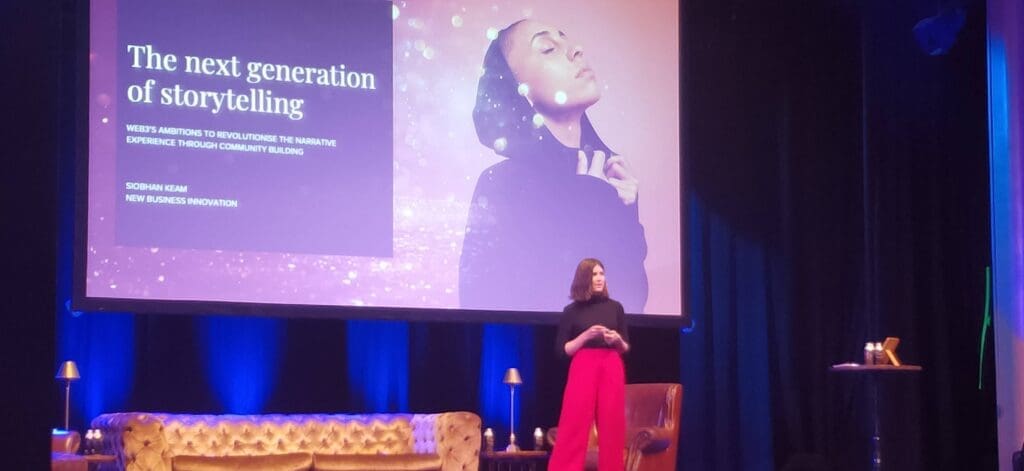by Laurie Lewis
Outskirts Press, 2011, 2nd edition.
In What to Charge: Pricing Strategies for Freelancers & Consultants, there is ample advice which will stop your flight into lassez-faire freelancing (or consulting) in its tracks. By the end of chapter 1, you’ll already be challenging your assumptions about pricing on a simple client brief. I find the way Laurie uses an actual example of the advice in practice 10 times better than a simple model or explanation. Sometimes it’s hers, and sometimes it’s another consultant’s unfortunate experience.
It’s really hard to obey the first rule of pricing and that is why this information is so valuable to me. So many clients just want to know the end price up-front based on some sketchy details about a project, but if you stick your neck out and price right away, you know what happens… your neck gets metaphorically chopped off… in reality, some of your time will be worked for free.
There are all different ways to charge freelance services, all of which you’ll find explained in ‘Methods of Pricing’. If you ever have the temptation to take on a low-paying project, then you will want to read ‘Chapter 4: Going after the Going Rate’ and the part ‘Below the Bottom’, which outlines the specific circumstances in which you could lower your rates to the client’s budget.
Questions really are the answers: you need to know what the client is willing to pay. You might even role-play the four different types of questions given in ‘What to Charge’, to help determine if their budget is near the figure you’re considering.
If you do read this book, ensure you read the advice about client communications on page 55 — it will save your quotation bacon.
The Fails of Flat-Fee Pricing for Freelancers
Thankfully Laurie goes well into flat-fee pricing — as I feel that is where I’ve made the most mistakes.
Many consultants take to project pricing because of the ability to hide a high hourly rate in a final project, and because of course the client might make more demands on a flat fee project.
Remembering that time is the most valuable resource we outsourced experts have, doing the steps outlined at the beginning of the briefing stage will help you attain a higher Hourly Rate Equivalent (worked out based on an overall project). But stepping through the 7 steps will also give you a calculation method to use in future. It actually uses all your superpowers in client understanding, desired hourly rates, and past project hours.
I believe an added value in this book is helping you feel better whether you win a project, or not… knowing you have done all the necessary steps to price and propose well. It will also help with those year-end evaluations (an example is provided) so you can see which type of project and method is really working for you.
A note to readers: What to Charge uses American rates, so Australians should add on 15-20%. Buy Laurie’s eBook below (print also available at Amazon):








